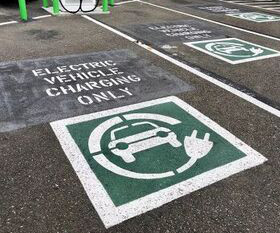Electric vs. Gasoline Cars: Uncovering the Real Climate Savior
The Truth About Cars
FEBRUARY 23, 2024
As more renewable energy sources are integrated into the power grid, the overall greenhouse gas emissions associated with EVs can be further reduced. The EPA's Power Profiler is an interactive tool that provides information about the electricity production mix in different regions.
























Let's personalize your content